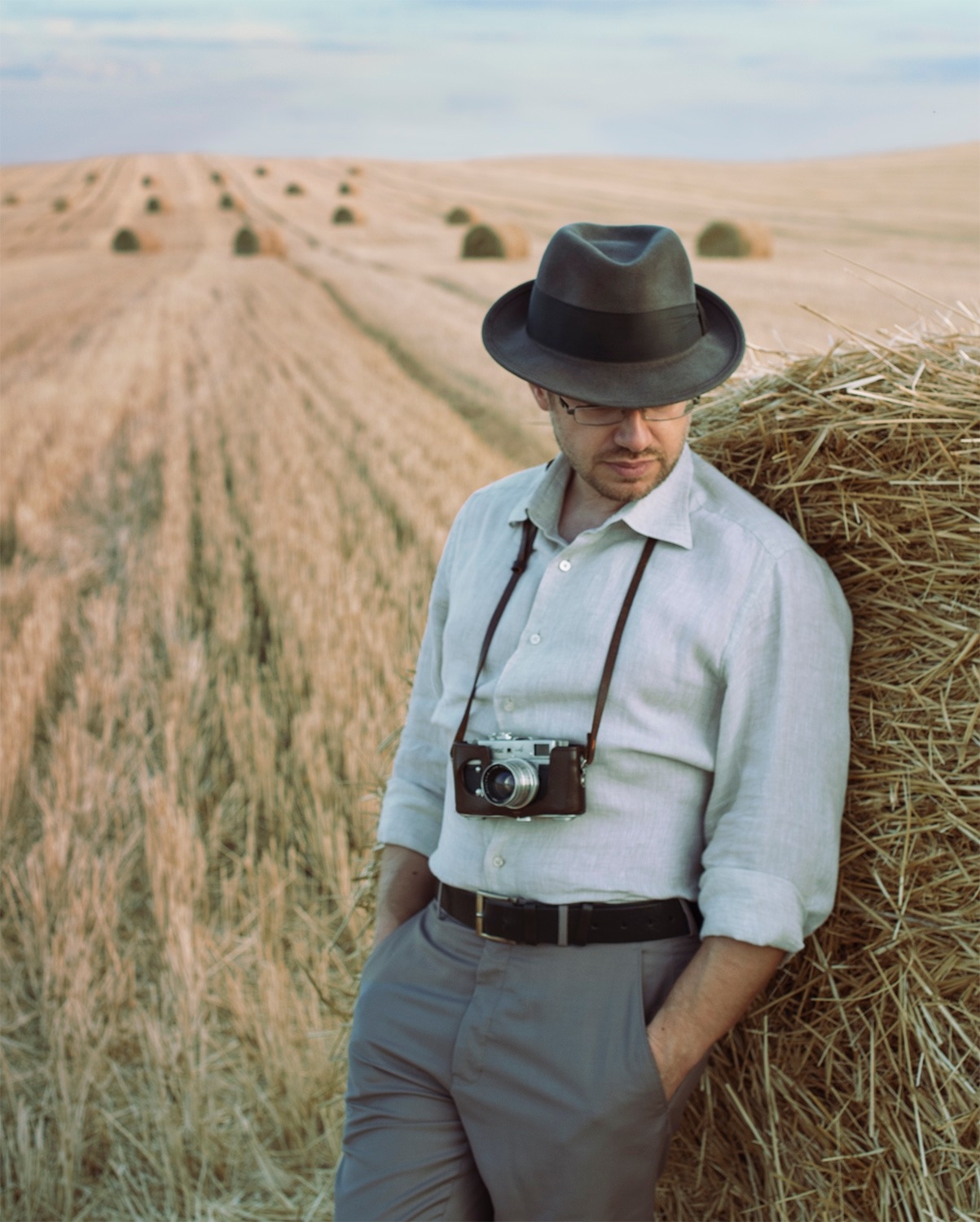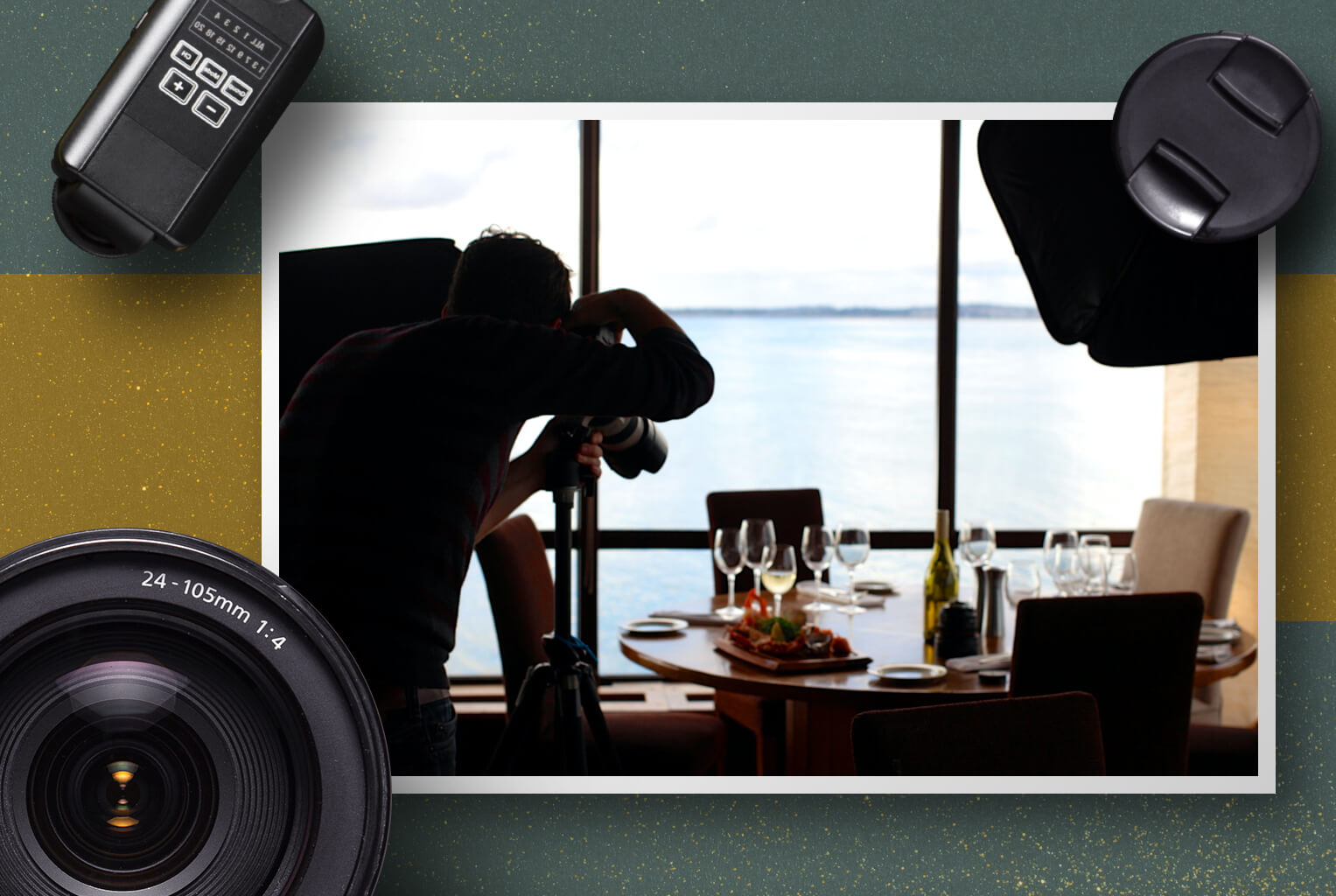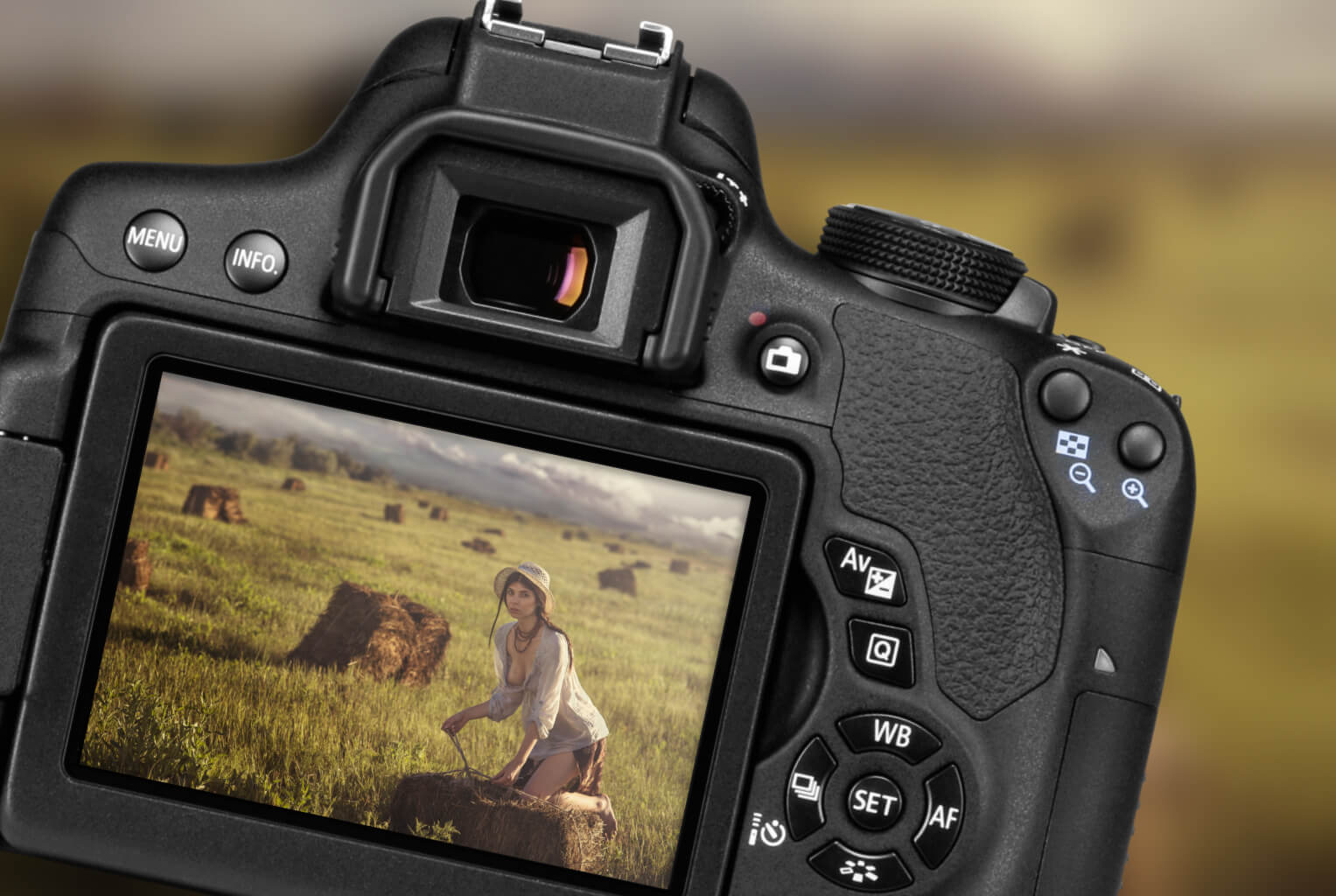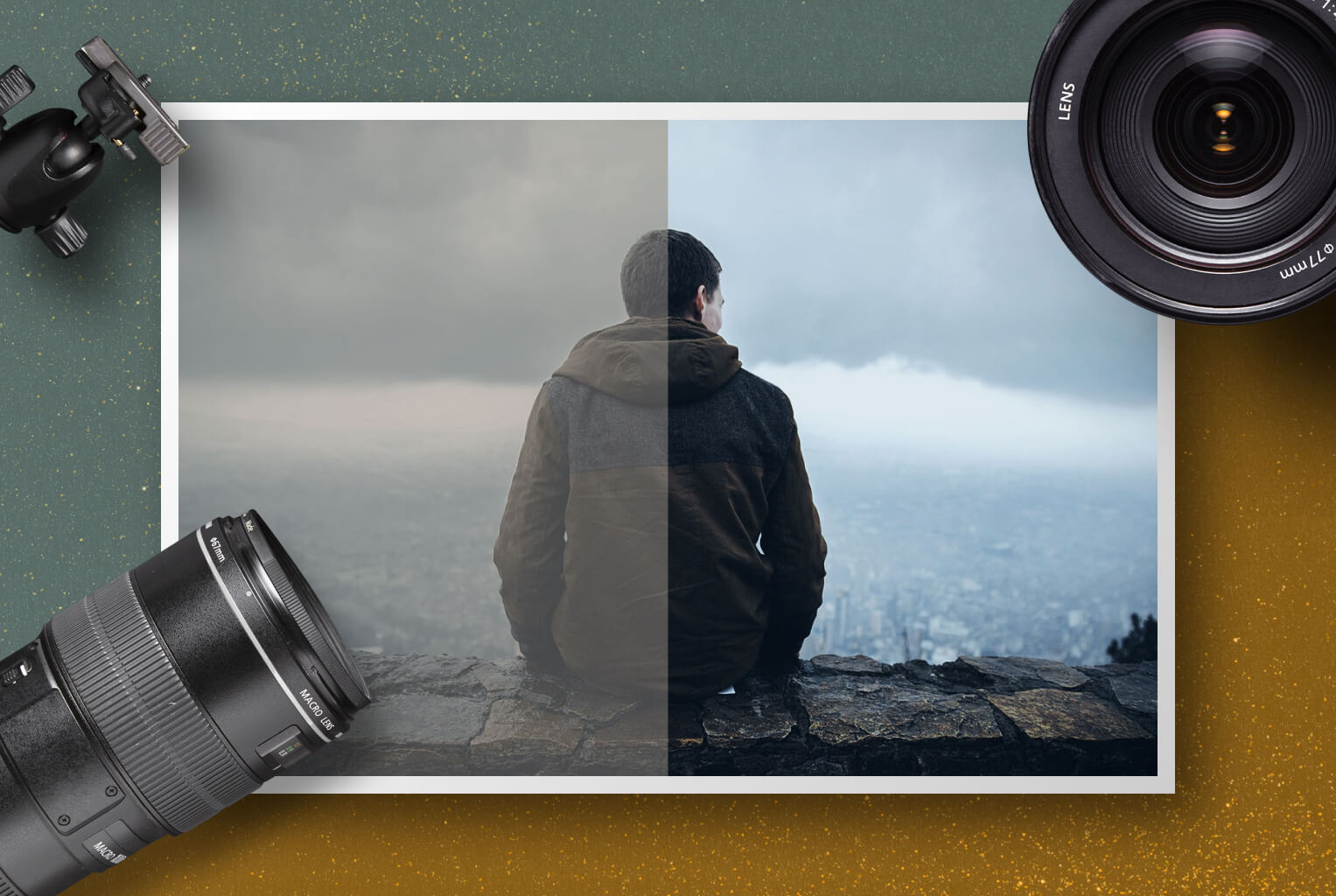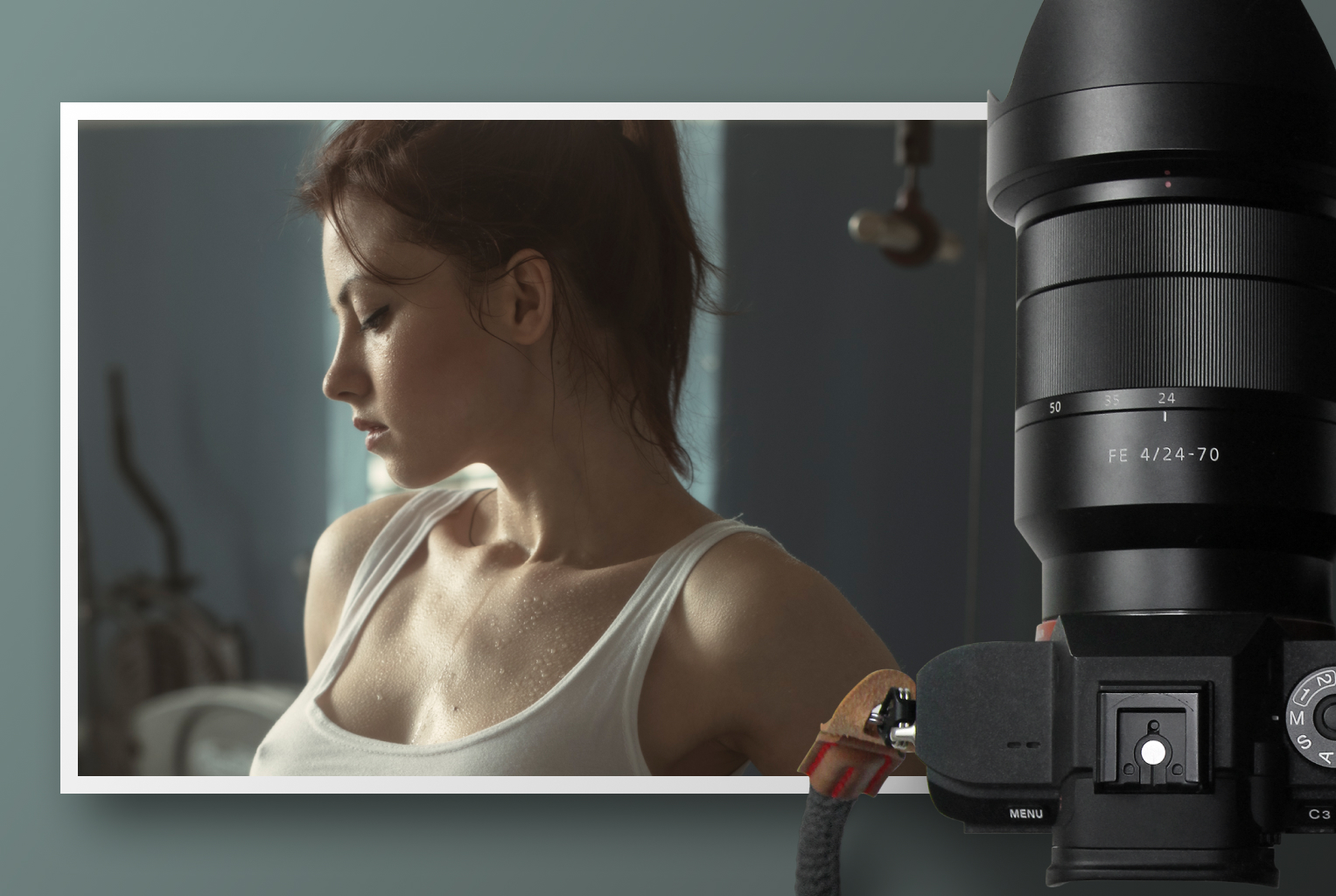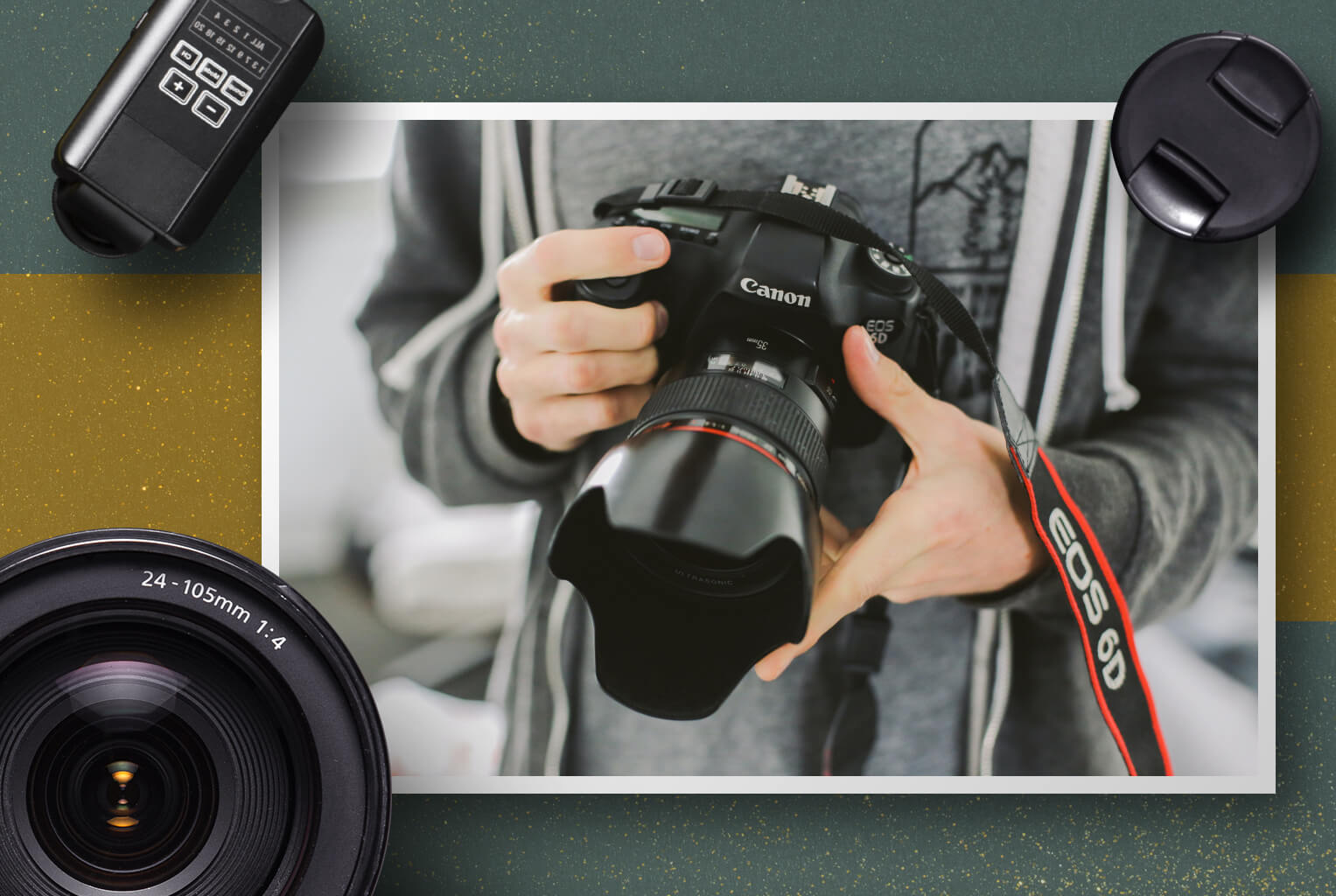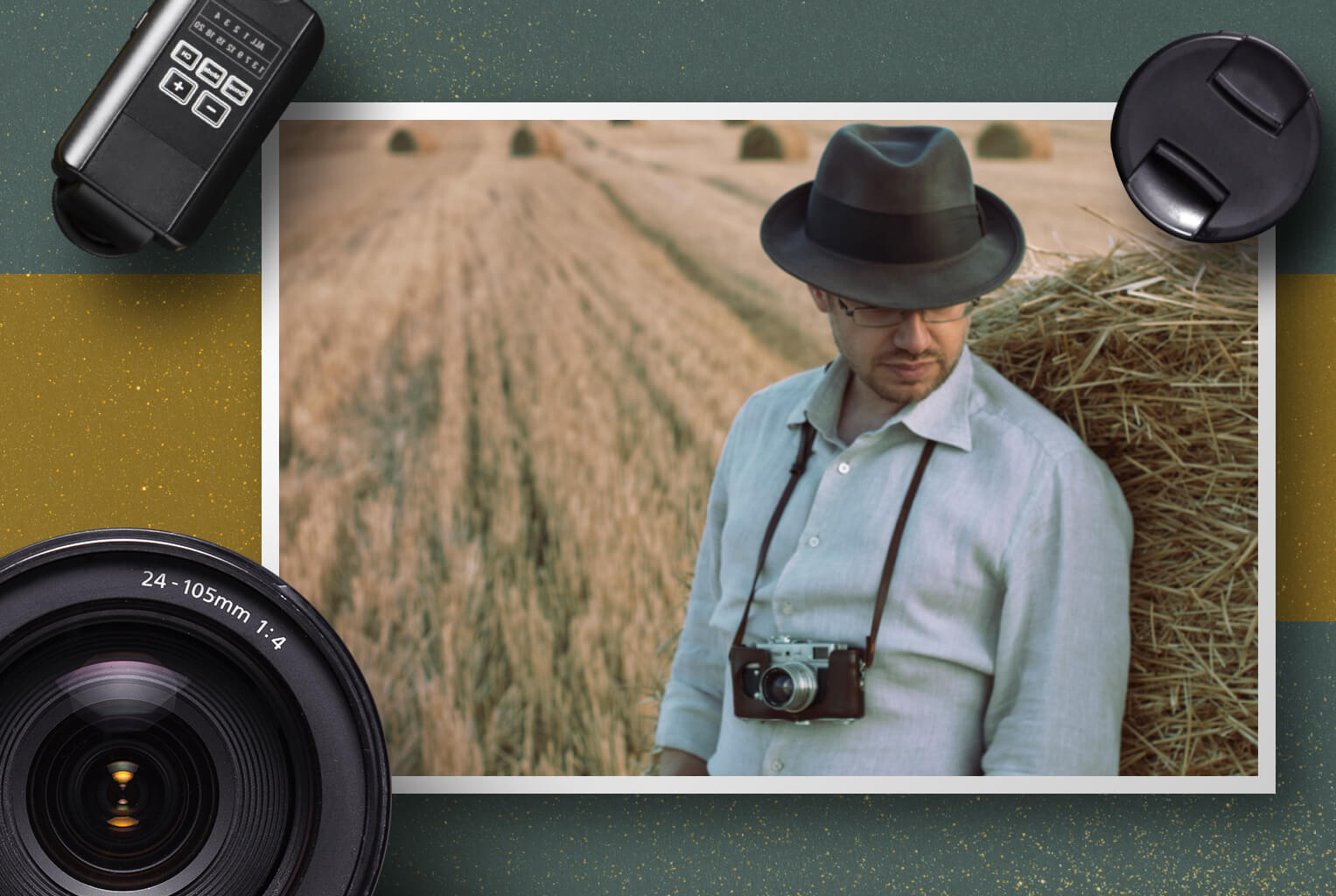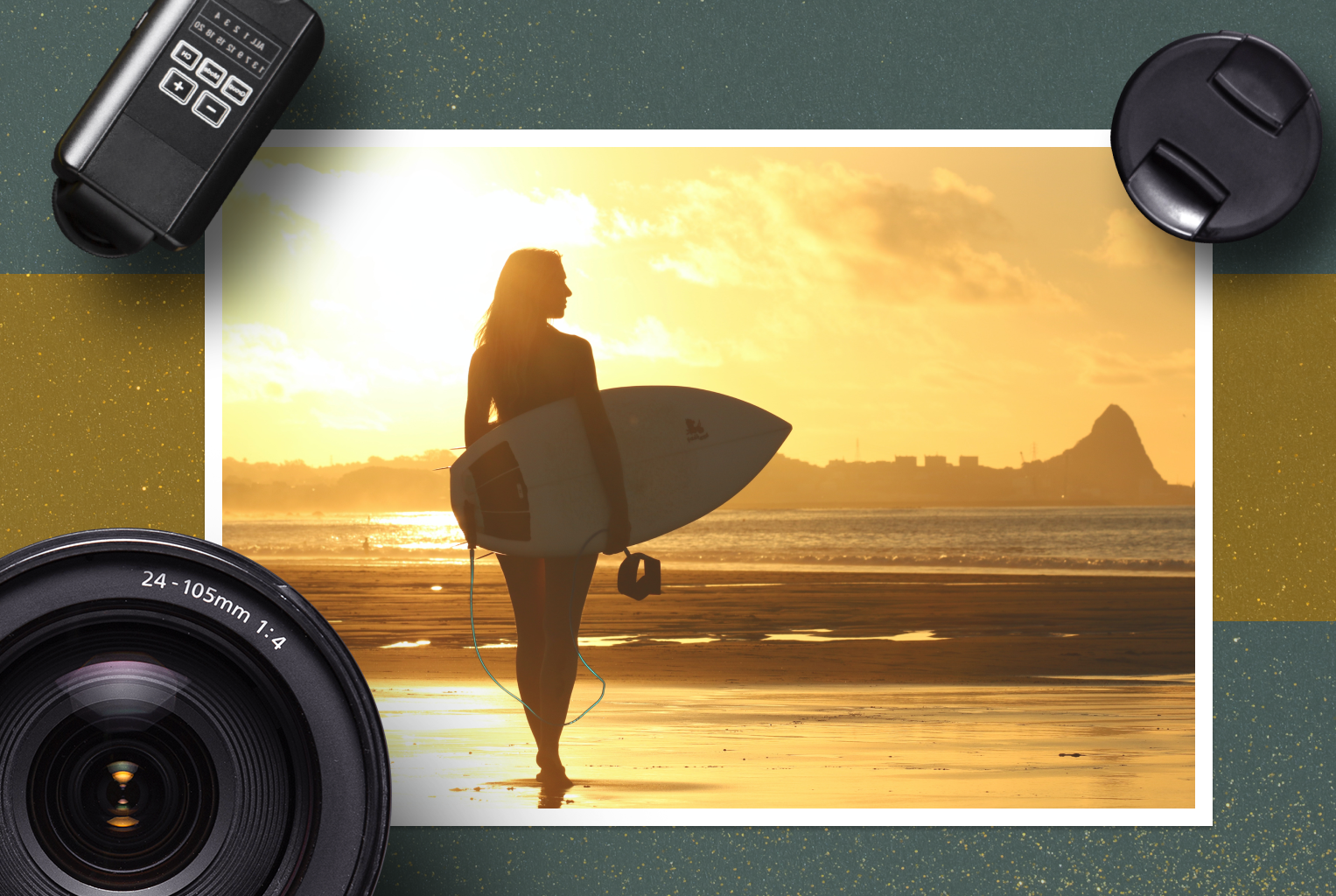
How to properly photograph the sunsetCómo fotografiar correctamente la puesta de sol
The landscape, especially the sunset, is one of those stories from which many photographers made and made their first steps in photography. In principle, it is not difficult to explain this – nature draws a beautiful picture, and the photographer's task – is just to press the button, and the photo, it seems, should be interesting automatically. What is the difficulty of shooting it sunset?
Sunset equipment
The first difficulty is, foremost, that sunset requires an excellent dynamic range at your camera. It is necessary to work both light sky and dark ground. Unfortunately, this can boast only mirror cameras and the latest models of mirrorless system cameras, and even that is not all. But even on a full-length apparatus (it is believed that they have a maximum dynamic range), it is complicated to achieve simultaneous quality development of the sky and the ground when shooting the sunset.
During the shooting of the sunset very often occurs such a phenomenon as the flow of charge from "illuminated" pixels to neighboring. The result is the "growth" of the sun in size and the appearance of a colored edge around it. This phenomenon is called Bluming.
Camera setup when shooting sunset
In principle, the general principles of exposition do not differ from the usual in landscape shooting: in what mode to photograph, how to put the exposure, the diaphragm, and the sensitivity of ISO when shooting a sunset – quite a frequent question asked by novice photo amateurs. I will try to answer them.
Photograph the sunset better in iris priority mode (AV, A). There are several reasons. The most important thing – each lens has a specific range of diaphragm values on which it gives the best picture quality; as a rule, it is f/5.6-11.

Measurement of the exposition
The thing is that we have to shoot the sunset against the sun. As a result, the built-in exhibitor camera can let you down. The secret is to avoid directing the camera to the sun and taking the exposure readings slightly above the solar disk. Direct the camera lens to this point (just ensure you can't see the sun in the viewfinder) and press the shutter release button by half. As a result, the camera will choose the ideal sunset setting for the exposure and diaphragm.
Photo Processing
If you have to photograph the sunset, then be prepared that the photos taken will require additional processing. After all, it is not always possible to provide ideal shooting conditions and choose the proper settings for the camera. It is often necessary to adjust the images to improve their quality.
But with the rest of the subtleties, you will deal with, already practicing in the shooting. If you want to learn how to photograph the sunset, be bold and use various camera settings, and choose non-standard frame layouts and focal distances. Thus, to photograph the sunset correctly, more than knowledge of the basic rules of landscape photography is needed, and the ability to experiment and obey the barely noticeable changes in nature is necessary. This is the main guarantee of successful photos and a good mood from work.
El paisaje, especialmente el atardecer, es una de esas historias a partir de las cuales muchos fotógrafos hicieron y dieron sus primeros pinitos en la fotografía. En principio, no es difícil explicar esto: la naturaleza dibuja una imagen hermosa y la tarea del fotógrafo es simplemente presionar un botón, y la foto, al parecer, debería ser interesante automáticamente. ¿Cuál es la dificultad de fotografiar el atardecer?
Equipo de puesta de sol
La primera dificultad es, sobre todo, que la puesta de sol requiere un rango dinámico excelente en la cámara. Es necesario trabajar tanto en cielo claro como en suelo oscuro. Desafortunadamente, esto solo puede presumir de cámaras con espejo y los últimos modelos de cámaras con sistema sin espejo, y eso no es todo. Pero incluso en aparatos de larga duración (se cree que tienen el rango dinámico máximo), es complicado lograr un desarrollo de calidad simultáneo del cielo y la tierra al fotografiar la puesta de sol.
Durante la fotografía de la puesta de sol se produce muy a menudo un fenómeno como el flujo de carga desde los píxeles "iluminados" hacia los vecinos. El resultado es el "crecimiento" del tamaño del sol y la aparición de un borde coloreado a su alrededor. Este fenómeno se llama Bluming.
Configuración de la cámara al fotografiar el atardecer
En principio, los principios generales de exposición no difieren de los habituales en la fotografía de paisajes: en qué modo fotografiar, cómo colocar la exposición, el diafragma y la sensibilidad ISO al fotografiar una puesta de sol: una pregunta bastante frecuente que hacen los novatos. aficionados a la fotografía. Intentaré responderlas.
Fotografíe mejor la puesta de sol en el modo de prioridad del iris (AV, A). Hay varias razones. Lo más importante: cada objetivo tiene un rango específico de valores de diafragma con los que proporciona la mejor calidad de imagen; por regla general, es f/5,6-11.

Medición de la exposición.
El caso es que tenemos que fotografiar la puesta de sol contra el sol. Como resultado, la cámara incorporada en el expositor puede decepcionarte. El secreto está en evitar dirigir la cámara hacia el sol y tomar las lecturas de exposición ligeramente por encima del disco solar. Dirija la lente de la cámara a este punto (solo asegúrese de que no pueda ver el sol en el visor) y presione el disparador hasta la mitad. Como resultado, la cámara elegirá la configuración de puesta de sol ideal para la exposición y el diafragma.
Procesamiento de fotografías
Si tiene que fotografiar la puesta de sol, prepárese para el hecho de que las fotografías tomadas requerirán un procesamiento adicional. Después de todo, no siempre es posible proporcionar las condiciones ideales para disparar y elegir la configuración adecuada para la cámara. A menudo es necesario ajustar las imágenes para mejorar su calidad.
Pero el resto de sutilezas las abordarás practicando ya en el rodaje. Si desea aprender a fotografiar la puesta de sol, sea atrevido y utilice varias configuraciones de la cámara, y elija diseños de encuadre y distancias focales no estándar. Por lo tanto, para fotografiar correctamente la puesta de sol, se necesita más que el conocimiento de las reglas básicas de la fotografía de paisajes, y la capacidad de experimentar y obedecer los cambios apenas perceptibles en la naturaleza. Ésta es la principal garantía de unas fotografías exitosas y de buen humor en el trabajo.
Artistas
Información
Todos los derechos para el contenido gráfico completo y/o parcial (fotos, videos, ilustraciones), tramas/historias, materiales de texto individuales, archivos de audio/contenido de audio, el código de programa correspondiente, que se utilizaron y/o están siendo utilizados en la aplicación móvil "NYMF" y/o todos sus cambios originales, adiciones, modificaciones y también en los servicios https://dubnitskiy.com, https://nymf.com son el resultado de la creatividad individual y pertenecen a D.I. Dubnitskiy (bajo el seudónimo de David Dubnitskiy).
Aviso de Derechos de Autor.
